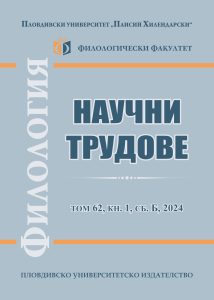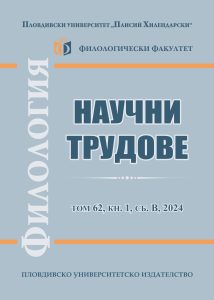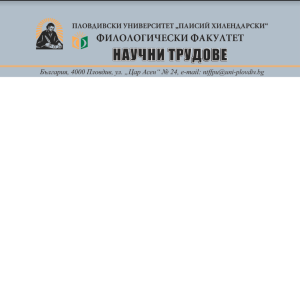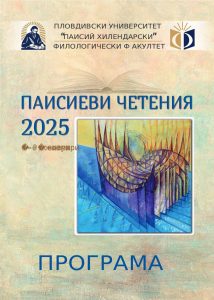VOL. 51, BOOK 1, PART B, 2013, pp. 318 – 328 Full text (Bg)
Author: Mariyana Kartalova
Affiliation: Paisii Hilendarski University of Plovdiv
Abstract
The subject of research in this article are habitual collocations with the component of a wild animal in two Indo-European languages – Bulgarian and Modern Greek. These phraseological units display the human ability to identify ourselves with the closest and best known objects and creatures around us every day. Under examination here are: the metaphoric image of the animal in a comparative aspect, the connotation it suggests, the semantics etc.
Key words: habitual collocations, animal, Bulgarian and Modern Greek languages, phraseological units






